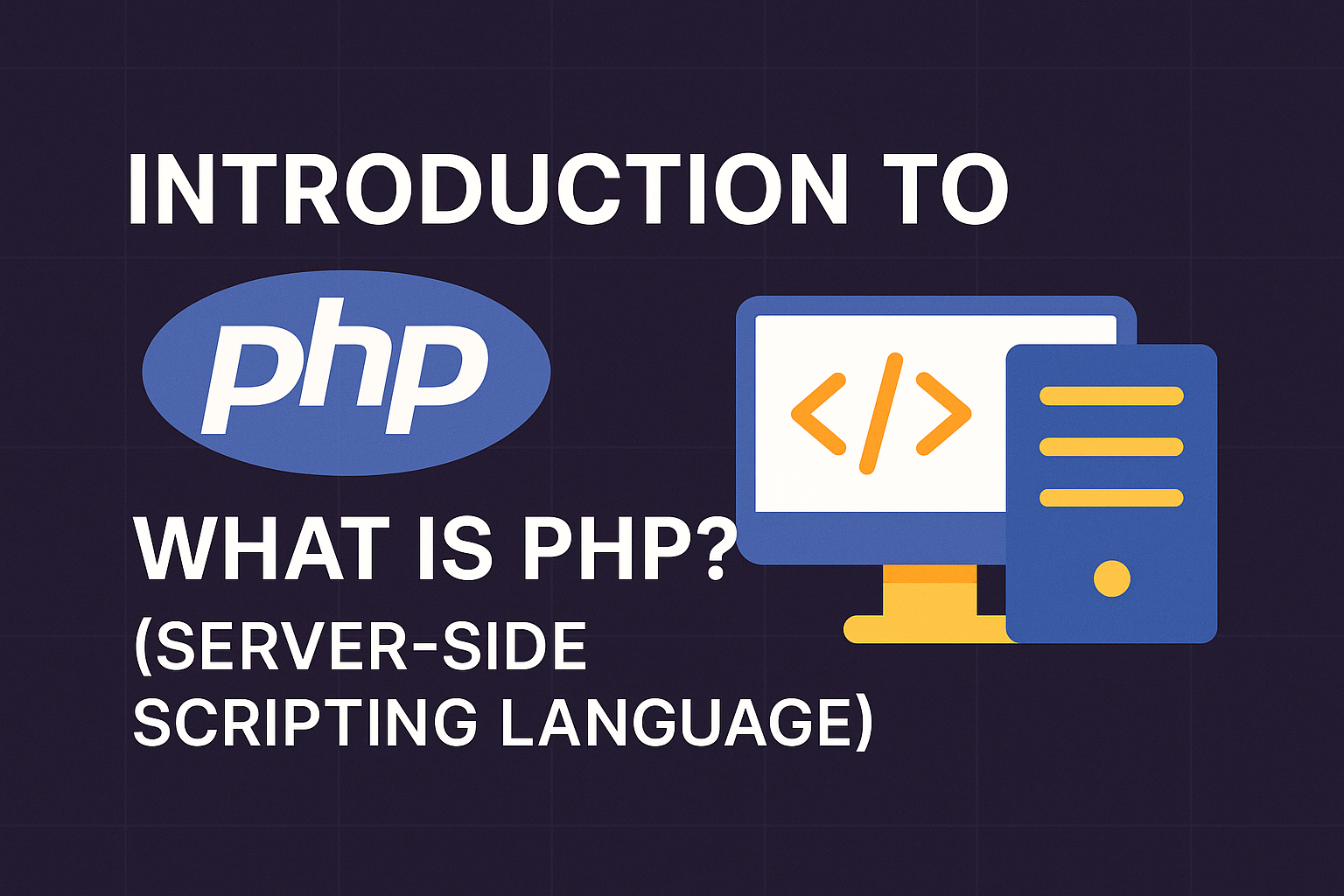PHP Error Handling & Debugging:- try-catch blocks (Exceptions)
Taming the Beast: Mastering PHP Errors with try-catch (Exceptions Explained!)
Let’s face it, we’ve all been there. Staring at a blank screen or, even worse, a cryptic error message plastered across our PHP application. It’s frustrating, it’s confusing, and it can halt your progress faster than a sudden power cut. But what if I told you there’s a powerful tool in your PHP arsenal to not just handle these errors gracefully, but to proactively prevent them from crashing your entire show?
Enter the mighty try-catch block, your best friend when it comes to dealing with exceptions in PHP.
What’s an “Exception” Anyway?
Think of an exception as a special kind of error – one that signals something unexpected or out of the ordinary has happened during your script’s execution. Unlike a fatal error that immediately grinds everything to a halt, an exception is like a little red flag raised by your code. It says, “Hey, something went wrong here, but I’m giving you a chance to deal with it!”
The Power of try-catch: Your Safety Net
This is where try-catch comes in. It’s a structured way to anticipate and manage these exceptions. Here’s how it works in its simplest form:
PHP
try {
// Code that might throw an exception
// For example, trying to connect to a database that's down,
// or performing an operation with invalid input.
$result = someFunctionThatMightFail();
echo "Operation successful: " . $result;
} catch (Exception $e) {
// This code executes ONLY if an exception is thrown in the 'try' block.
// $e is an object containing details about the exception.
echo "Oops! An error occurred: " . $e->getMessage();
// You might also log the error, display a user-friendly message,
// or attempt to recover gracefully.
}
echo "\nScript continues to run...";
Let’s break it down:
tryblock: This is where you place the code that you suspect might throw an exception. It’s like saying, “Try to run this code, but be prepared for something to go wrong.”catchblock: This block is your safety net. If an exception is thrown within thetryblock, the normal execution of thetryblock immediately stops, and control is transferred to thecatchblock.Exception $e: Here,Exceptionis the base class for all standard PHP exceptions (you can also catch more specific exception types).$eis a variable that will hold the exception object, providing you with valuable information about what went wrong.
Why Use try-catch? Beyond Just Hiding Errors
The benefits of try-catch go far beyond simply preventing those ugly white screen errors:
- Graceful Error Handling: Instead of your application crashing, you can display user-friendly messages, offer alternative actions, or redirect them. This vastly improves the user experience.
- Controlled Execution Flow: When an exception occurs,
try-catchallows you to define exactly what happens next. You can log the error, send an email to the development team, or even attempt to fix the issue on the fly. - Improved Debugging: The exception object (
$e) provides crucial details like the error message ($e->getMessage()), the file where the error occurred ($e->getFile()), and the line number ($e->getLine()). This makes debugging significantly easier. - Cleaner Code: By separating the “happy path” code from the error-handling logic, your code becomes more readable and maintainable.
- Robust Applications:
try-catchmakes your applications more resilient to unexpected situations, leading to more stable and reliable software.
A Real-World Example: File Operations
Imagine you’re trying to open a file that might not exist:
PHP
<?php
$fileName = "non_existent_file.txt";
try {
$fileHandle = fopen($fileName, 'r');
if (!$fileHandle) {
throw new Exception("Could not open file: " . $fileName);
}
echo "File opened successfully!";
// ... do something with the file ...
fclose($fileHandle);
} catch (Exception $e) {
echo "Error handling file: " . $e->getMessage();
// Log the error for later investigation
error_log("File Error: " . $e->getMessage() . " in " . $e->getFile() . " on line " . $e->getLine());
}
?>
In this example, if fopen() fails, we throw our own Exception. This immediately triggers the catch block, allowing us to inform the user and log the problem.
The Takeaway
While PHP provides other error handling mechanisms, try-catch blocks for exceptions are the modern and preferred way to manage unexpected situations in your code. They empower you to build more robust, user-friendly, and maintainable applications. So, the next time you’re writing code that has the potential to stumble, remember your trusty try-catch – it’s the safety net your application deserves!



